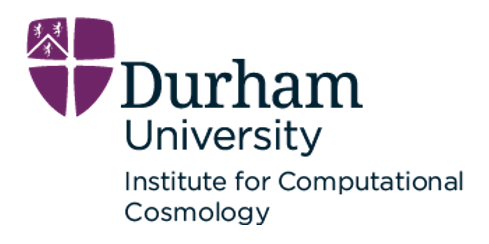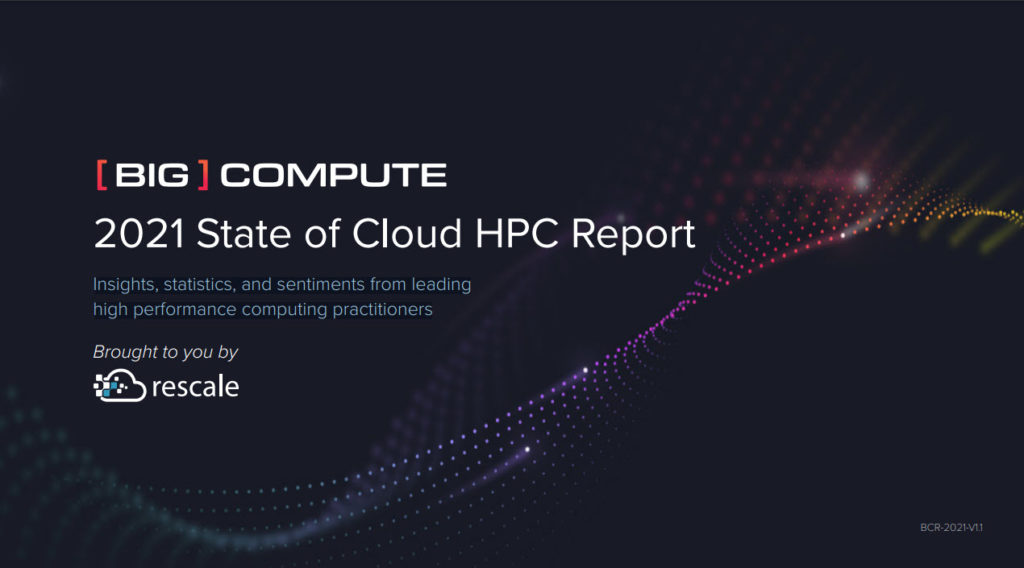Here at the @HPCpodcast, Shahin and Doug are treated to speaking with some of the world’s leading HPC computer scientists, the ones who have made a deep and lasting impact. We spoke with one of them this week: commercial cluster pioneer John Gustafson, CTO of Ceranovo and previously an AMD senior fellow, holder of senior positions at Intel, Massively Parallel Technologies, Inc. and ClearSpeed. How did Richard Feynman end up playing the bongo drums? How did a new take on Amdahl’s Law help propel massively parallel computing and become Gustafson’s Law? And what’s wrong with the IEEE 754 number format that the new Posit format fixes? We go to the source as for answers to all these quetions.
@HPCpodcast: Cluster Pioneer John Gustafson Talks Gustafson’s Law, Unums and Richard Feynman on the Bongos
Radio Free HPC Looks at the Posit and Next Generation Computer Arithmetic
In this podcast, the Radio Free HPC team discusses a recent presentation by John Gustafson on Next Generation Computer Arithmetic. “A new data type called a “posit” is designed for direct drop-in replacement for IEEE Standard 754 floats. Unlike unum arithmetic, posits do not require interval-type mathematics or variable size operands, and they round if an answer is inexact, much the way floats do. However, they provide compelling advantages over floats, including simpler hardware implementation that scales from as few as two-bit operands to thousands of bits.”
Podcast: John Gustafson on What’s Next for Parallel Computing
In this podcast from Radio New Zealand, John Gustafson from the A*STAR Agency for Science, Technology and Research discusses parallelism and high performance computing. Gustafson is the father of Gustafson’s Law, which gives the theoretical speedup in latency of the execution of a task at fixed execution time that can be expected of a system whose resources are improved.






